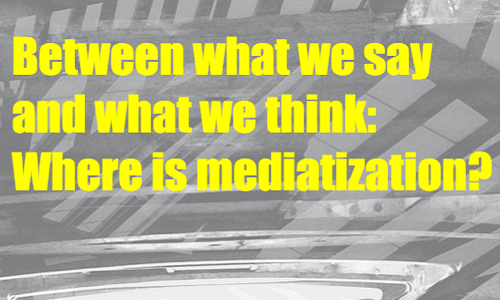The Janus face of digital media

In a new book chapter, Professor Stig Hjarvard provides a theoretical framework for understanding the double-sided experience of digital media: The growing digital connectivity may be both liberating and constraining, both empowering the individual and creating new forms of dependency and social control. In short, digital media involve a restructuring of social interdependencies.
The chapter and book are available in both English and Brazilian-Portuguese.
Abstract
The experience of digital connectivity has a Janus face: Online media empower the individual to communicate and act beyond his or her immediate social space, but such media also create new forms of dependencies due to the increased presence in everyday social life of institutionalized demands from, for instance, the workplace and the market. Building upon theoretical insights from media dependency theory (BALL-ROKEACH et al., 2001), critical theory (HABERMAS, 1989), symbolic interactionism (GOFFMAN, 1971), and theories of social network media (DIJCK, 2013), I specify how digital connectivity involves a restructuring of social interdependencies. The ambiguous experience of increased connectivity reflects a wider process of mediatization in which instrumental rationalities become present and influential in life-world settings. The theoretical arguments are illustrated by results from a survey of media dependency in Denmark.
ISBN: 978-85-8384-075-6
Read Stig Hjarvard’s contribution (pdf).
--
The chapter is also published in Brasilian-Portoguese: “As duas faces da conectividade digital: a transformação das dependências sociais”.
